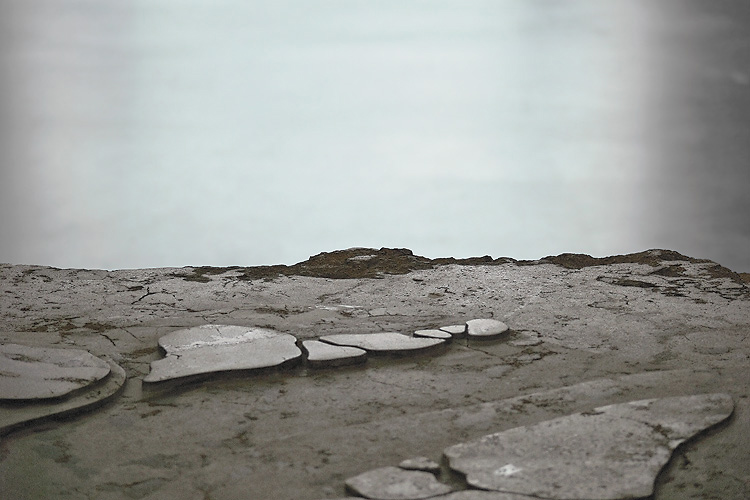
THE QUIET OF CHANGE
Susanne Tunn’s œuvre is characterised by move-ments which are gentle and spontaneous at the same time. She works with precisely planned blank spaces created in stone; she allows tin to find its way; she draws empty contours directly onto the wall. The weight (of the material) and the lightness (of the interventions), the inside searching for emptiness and the evolving shape which finds an absence, exist side by side, complementing each other. If you dream, you will find yourself. If you find a shape, you forget that there was a process. A certain slow medi-tation is a dimension in the works of Susanne Tunn and is expressed very subtly. However, if you hold one of Susanne Tunn’s small light-grey hearts in your hand, you feel for one moment what you feel – if you still feel. It is as if something from inside emerges into the outside. A frightening, yet tender memory of a world which only exists in this way in the interspace.
Susanne Tunn needs the challenge, the extremely heavy matter, needs the tender gesture which divests itself: I shape, you offer resistance. All of her works behave asymmetrically with each other in a double meaning; they create a peace that tells of her search and of changes which render it possible to find her very own access.